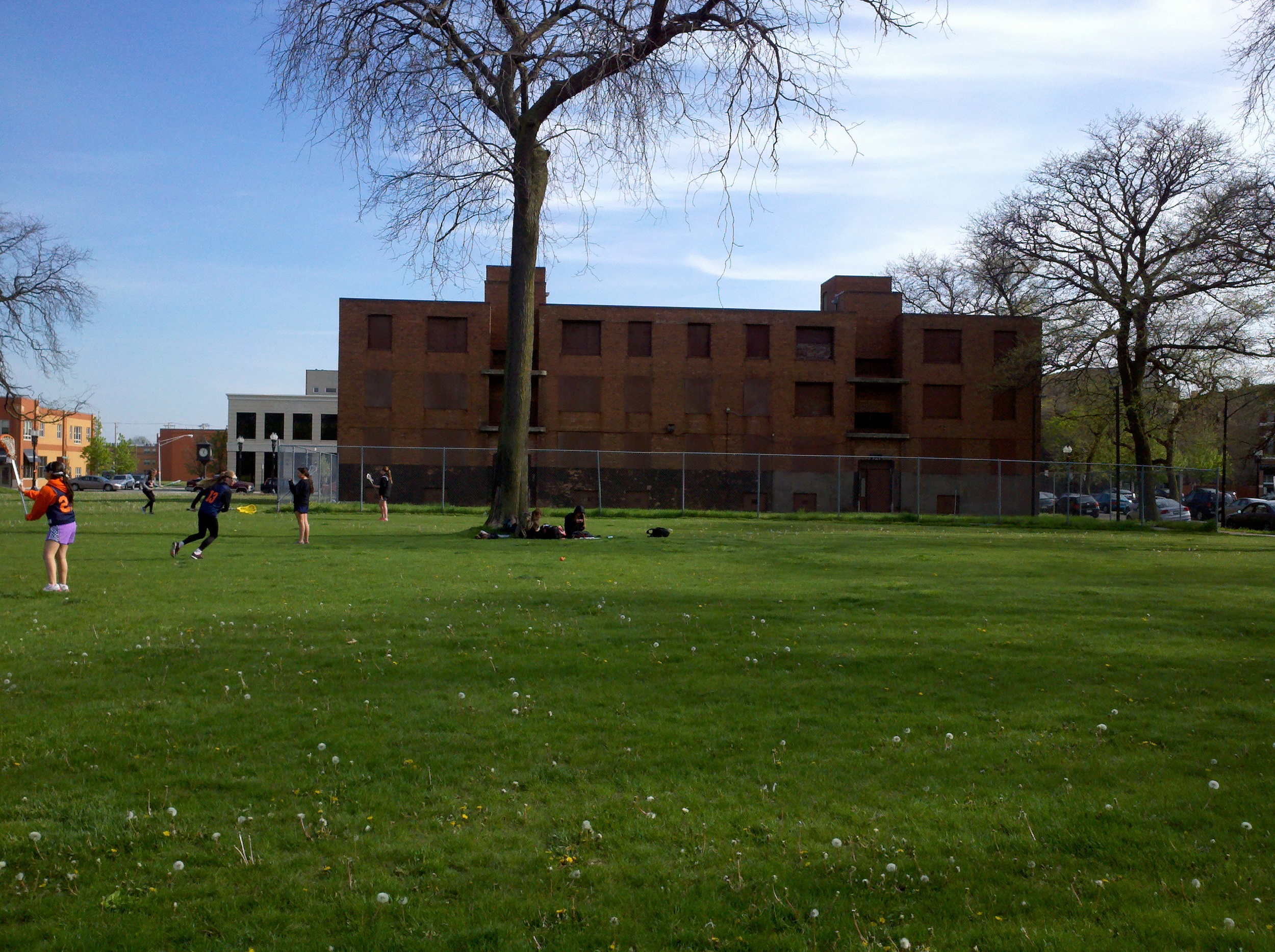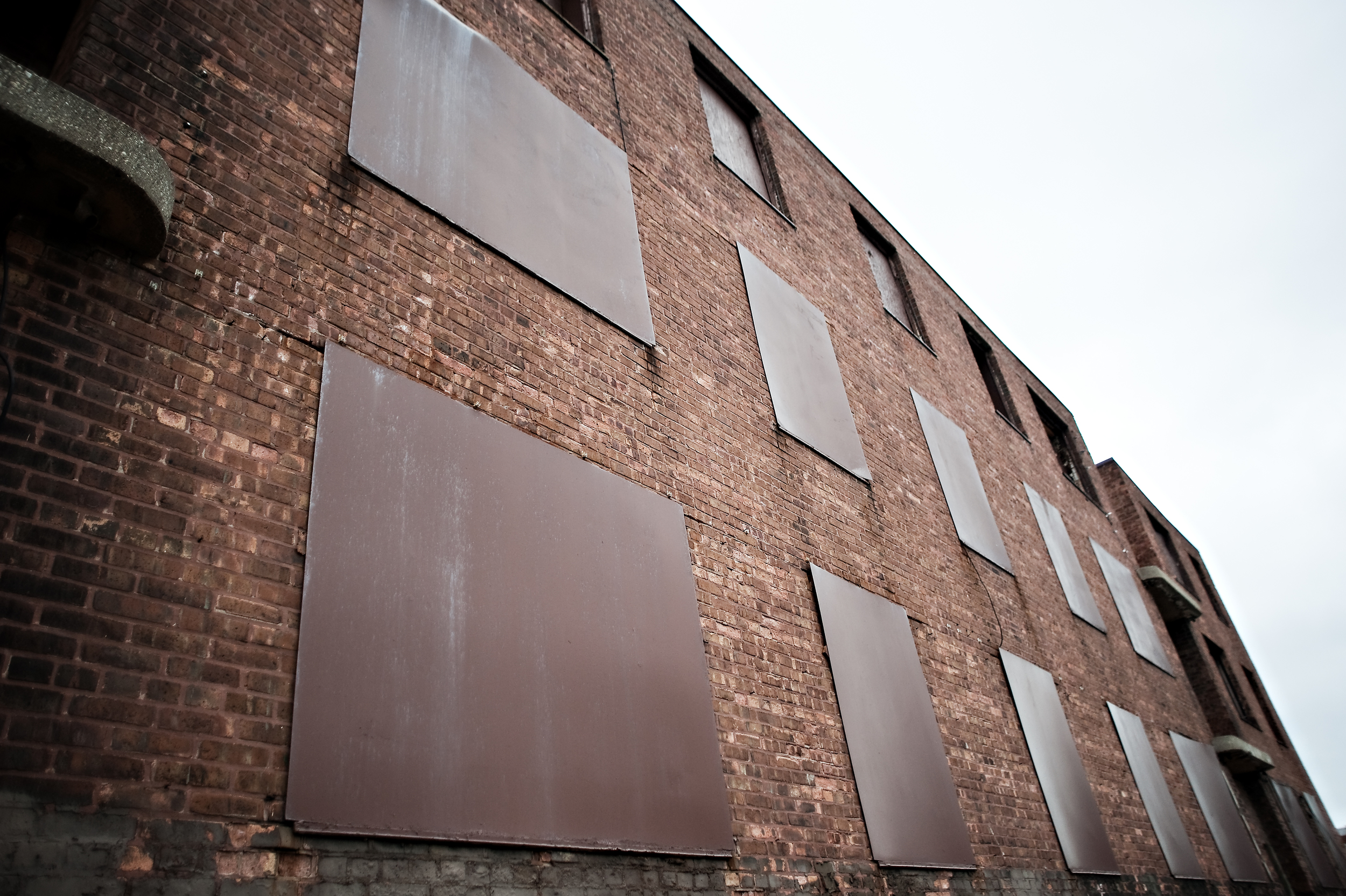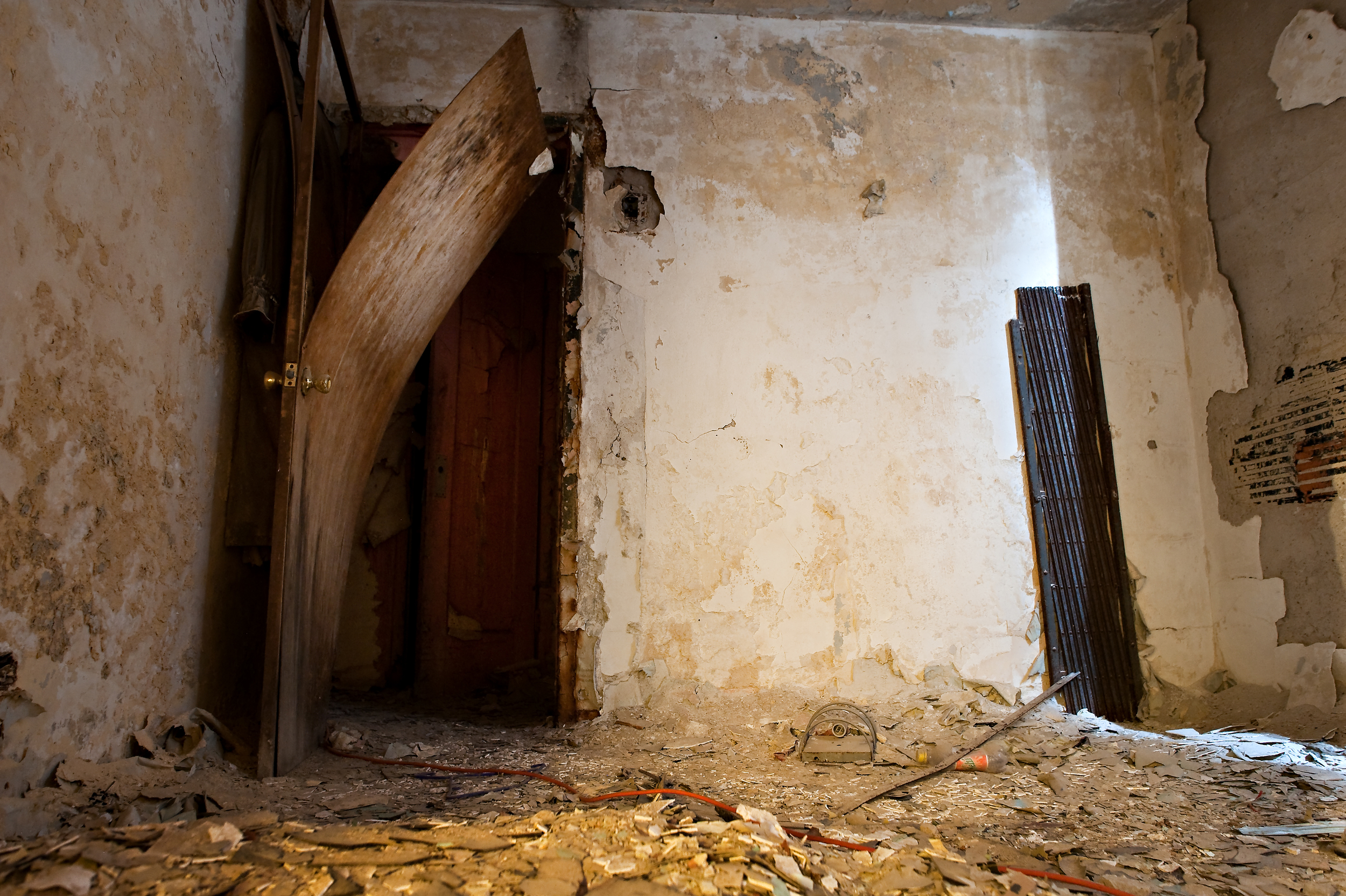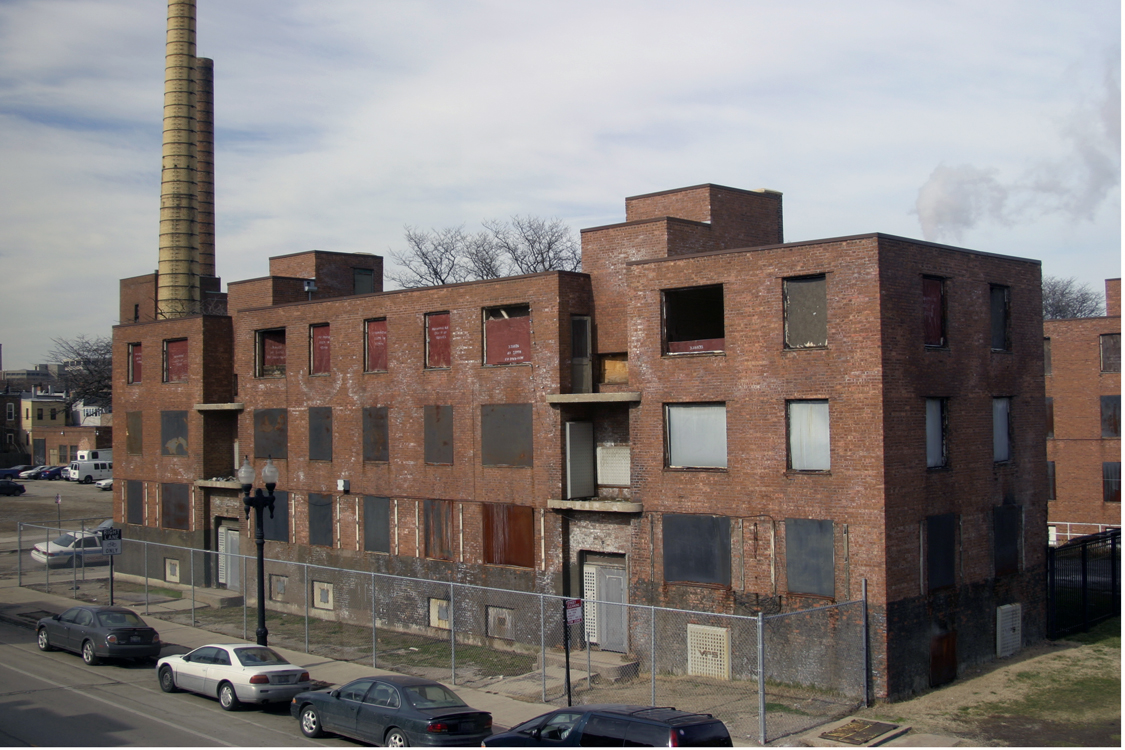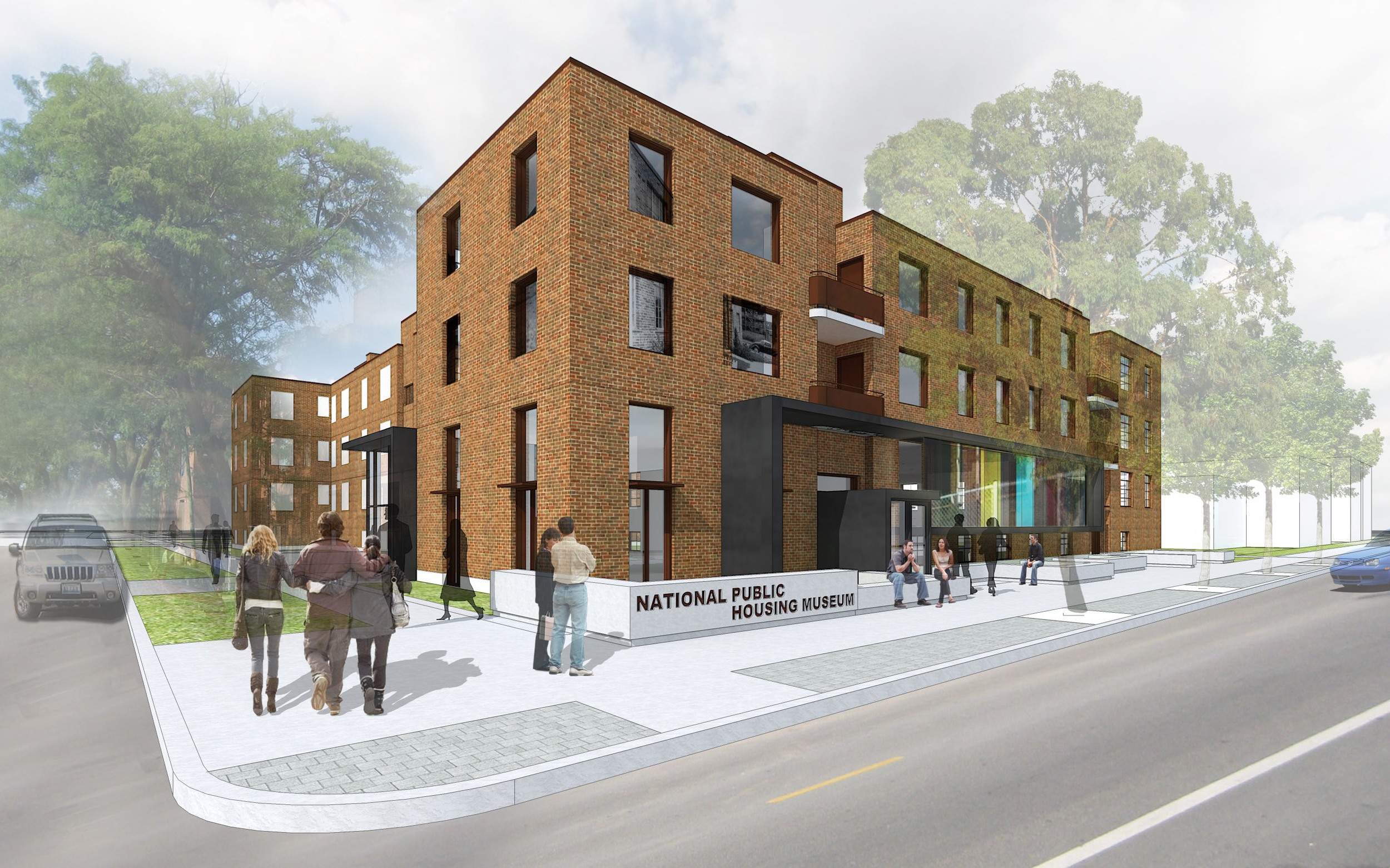Across the world, public housing has been one of the most important public policies of the 20th century. From Chicago to Atlanta and in smaller cities around the country, public housing was an important part of the lives of immigrants, migrants, and thousands of families who relied on subsidized housing.
Few cities have a more dramatic connection to public housing than Chicago, home to some of the first urban public housing efforts in the nation. The story of public housing in Chicago--from the idealism of the 1930s to the contemporary challenges--is the story of family, community, and society.
In no other city has the transformation of existing public housing been so rapid and thorough. The physical landscape of Chicago has changed dramatically since the turn of the newest century. The tangible evidence of the places that thousands of Chicagoans once called home, where they raised their families and coped with the demands of city life, have disappeared. What remains are the stories.
In the late 1990s, resident leaders of the Chicago Housing Authority (CHA) wanted to find a way for their children, grandchildren, and the public to know more about their place in the history of the American urban experience. They believed that the stories of CHA residents--told in their own words--would resonate with a wide audience, across Chicago, the nation, and the world. CHA residents were joined by civic leaders, preservationists, historians, and cultural experts who also wanted to create a new architectural landmark to recognize an important historic site.
Interior of Jane Addams Homes (2013)
In 2006, this diverse group came together to preserve and transform the only remaining building of the historic Jane Addams Homes on the Near West Side. The three-story brick building at1322-24 West Taylor Street opened in 1938 as the first federal government housing project in Chicago. It housed hundreds of families over six decades and has been vacant since 2002.
The Jane Addams Homes was one of the three demonstration projects in Chicago built under the Public Works Administration Act, which was created to provide jobs and help revive the Depression-era economy. Designed by a team of architects led by John Holabird, the buildings were named after the Nobel Prize-winning founder of Chicago's Hull House. Jane Addams Homes not only provided housing, but also offered child care, employment counseling, and other pioneering social services.
Like the Lower East Side Tenement Museum in New York City, the District Six Museum in Cape Town, South Africa, and Chicago's own Hull House Museum, the National Public Housing Museum will be a place for social reflection, public dialogue and education.



